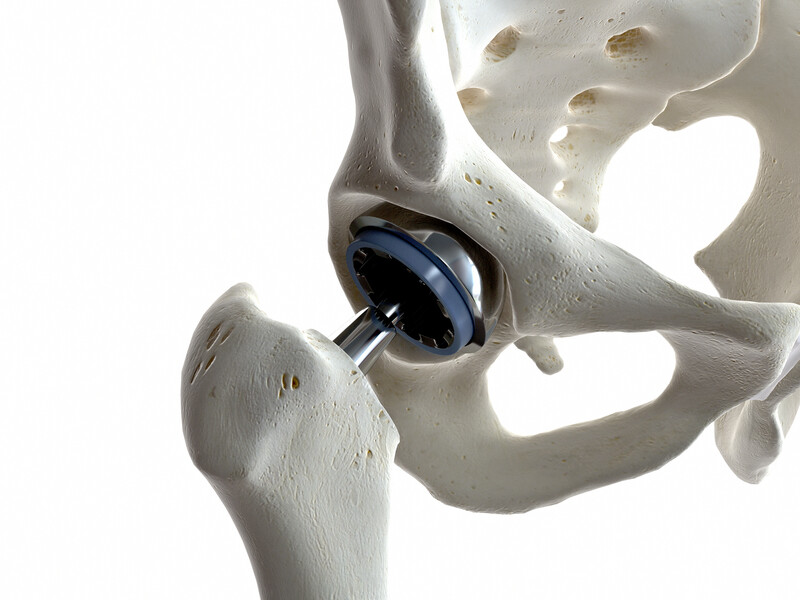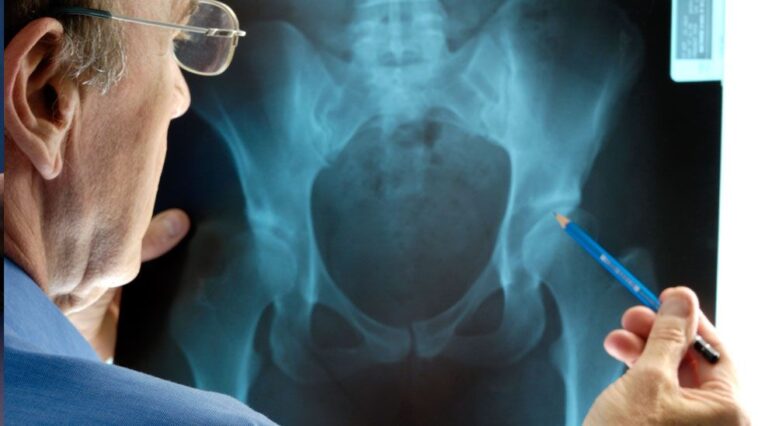When it comes to healthcare procedures like hip replacements, understanding the cost is a crucial factor for many Australians. Whether you’re planning for a hip replacement surgery or just curious about the expenses involved, this article will provide you with comprehensive insights into the cost of hip replacement in Australia. We’ll explore various factors that affect the cost, discuss potential financial assistance, and guide you on how to make an informed decision about your healthcare options.
Introduction to Hip Replacement Surgery
Hip replacement surgery, also known as hip arthroplasty, is a medical procedure designed to alleviate pain and improve mobility for individuals suffering from hip joint issues. This surgical intervention involves replacing the damaged or worn-out hip joint with an artificial one, which can significantly enhance the patient’s quality of life.
The Factors Influencing Hip Replacement Cost

The cost of hip replacement surgery can vary significantly based on several factors, including the following:
Medical Facility and Location: The type of healthcare facility you choose and its geographical location can impact the cost. Typically, private hospitals tend to be more expensive than public ones, and urban areas may have higher costs compared to rural regions.
Choice of Surgeon: The experience and reputation of the surgeon performing the procedure can influence the cost. Highly skilled and well-known surgeons may charge more for their services.
Type of Hip Implant: There are different types of hip implants available, each with its price range. Your surgeon will recommend the most suitable option based on your condition, and this choice will affect the overall cost.
Average Cost of Hip Replacement in Australia
As of the latest available data, the average cost of a hip replacement in Australia can range from $20,000 to $40,000 or even more. This amount includes various expenses such as hospital fees, surgeon fees, anesthesia, rehabilitation, and the cost of the implant itself. Note that with the right health insurance, the bulk of your costs around hospital fees (can be up to $35,000 of the total costs mentioned above) should be covered outside of your premium.
Public vs. Private Healthcare Options

In Australia, you have the option of undergoing a hip replacement surgery in either the public or private healthcare system. The cost associated with each option differs significantly:
Public Healthcare: If you opt for a public hospital, you may be eligible for a subsidized or even free hip replacement surgery through the public healthcare system. However, the waiting times can be considerably longer, and you may have limited control over the choice of surgeon or implant.
Private Healthcare: Choosing a private healthcare facility provides you with more control and flexibility. You can select your surgeon, schedule the surgery at your convenience, and potentially have a shorter waiting time. However, private healthcare comes with a higher cost, and it’s crucial to have adequate health insurance coverage.
The Role of Health Insurance
Health insurance plays a significant role in managing the cost of hip replacement surgery in Australia. Many Australians opt for private health insurance to help cover expenses associated with elective surgeries like hip replacements. Having the right health insurance policy can provide financial relief and peace of mind during your medical journey.
To understand more about how health insurance can impact the hip replacement cost, you can refer to our comprehensive guide on hip replacement cost.
Government Support and Rebates
The Australian government offers various forms of support and rebates to assist individuals in managing healthcare costs. Medicare provides a rebate for certain medical expenses, including hip replacement surgery. Additionally, the Private Health Insurance Rebate can reduce the cost of your health insurance premiums, making private healthcare more affordable.
Additional Costs to Consider
When budgeting for a hip replacement, it’s essential to consider potential additional costs that may arise during your recovery and rehabilitation. These can include physiotherapy sessions, post-operative care, and transportation expenses for follow-up appointments.
Financial Planning for Hip Replacement Surgery

Given the significant cost associated with hip replacement surgery, it’s advisable to plan your finances carefully. Here are some steps to consider:
- Assess Your Health Insurance: Review your current health insurance policy to ensure it covers hip replacement surgery. If not, consider upgrading or changing your policy to better suit your needs.
- Budgeting: Create a detailed budget that includes all anticipated expenses, from pre-operative consultations to post-operative care. This will help you better understand your financial requirements.
- Savings and Loans: Consider using your savings or exploring loan options to cover the cost of the surgery. Ensure you understand the terms and interest rates associated with any loans you may consider.
Conclusion
In Australia, the cost of hip replacement surgery can vary widely based on several factors, including the choice of healthcare facility, surgeon, and type of implant. While the public healthcare system offers subsidized options, private healthcare provides more control and flexibility but at a higher cost. Health insurance and government rebates can significantly impact your financial burden.
Ultimately, the decision regarding hip replacement surgery should prioritize your health and well-being. It’s essential to consult with healthcare professionals and explore your financial options to make an informed choice that best suits your needs and circumstances.




